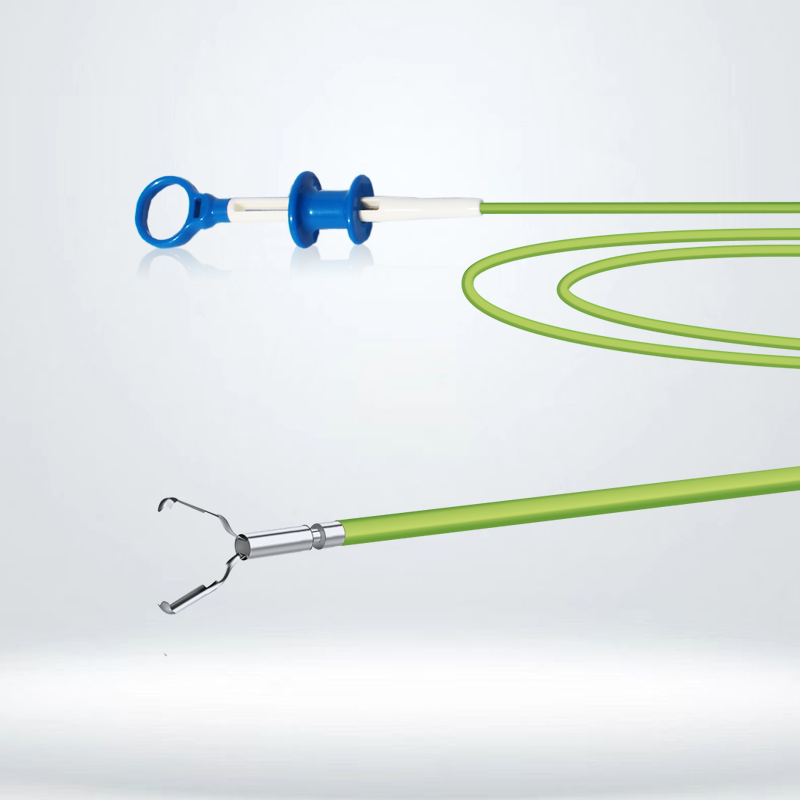Hemo Clip vs. Traditional Hemostasis Methods: Which Is Better?
Introduction
Hemostasis, the process of stopping bleeding, is a critical aspect of medical care, especially during surgeries and procedures. For decades, healthcare professionals have relied on traditional hemostasis methods, such as sutures and ligatures, to control bleeding. However, with advancements in medical technology, innovative solutions like the Hemo Clip have emerged as alternatives. In this article, we will compare Hemo Clip with traditional hemostasis methods to determine which is better for various medical situations.
Traditional Hemostasis Methods
Sutures and Stitches:
Traditional sutures involve stitching up wounds or incisions with threads made of various materials. While effective, they require skill and time to apply.
Ligatures:
Ligatures involve tying off blood vessels to prevent bleeding. This method is often used in surgical procedures and can be time-consuming.
Electrocautery:
Electrocautery uses heat to coagulate blood vessels and stop bleeding. It is commonly used in surgeries but may cause tissue damage.
Hemostatic Agents:
Hemostatic agents like gauze or powders are applied directly to the bleeding area to promote clotting. They can be useful but may not be suitable for all situations.
Hemo Clip: The Innovative Approach
Hemo Clip, on the other hand, is an innovative hemostasis solution that offers
several advantages:
Speed and Precision:
Hemo Clip allows for quick and precise hemostasis. Its mechanical action effectively clips and closes blood vessels, reducing the time required for bleeding control.
Minimally Invasive:
Hemo Clip is often used in minimally invasive procedures, such as endoscopy, where access is limited. Its small size and maneuverability make it an ideal choice for such applications.
Reduced Tissue Damage:
Unlike electrocautery, Hemo Clip does not use heat, reducing the risk of tissue damage and scarring. This makes it suitable for delicate surgeries.
Versatility:
Hemo Clip can be used in various medical fields, including gastroenterology, urology, and general surgery, making it a versatile hemostasis solution.
Choosing the Right Method
The choice between Hemo Clip and traditional hemostasis methods depends on
several factors:
Procedure Type: The nature of the medical procedure plays a significant role in selecting the appropriate method. Hemo Clip is well-suited for minimally invasive surgeries and endoscopic procedures.
Bleeding Severity: The severity of bleeding and the size of blood vessels involved can influence the choice. Hemo Clip is effective for smaller vessels, while ligatures may be preferred for larger ones.
Tissue Sensitivity: Consider the sensitivity of the surrounding tissue. Hemo Clip's non-thermal approach is gentler on delicate tissues.
Surgeon's Skill: The surgeon's experience and comfort with specific hemostasis methods also play a crucial role in decision-making.
Conclusion
In the realm of hemostasis, there is no one-size-fits-all solution. The choice between Hemo Clip and traditional hemostasis methods should be made on a case-by-case basis, considering the specific requirements of the medical procedure, the patient's condition, and the surgeon's expertise. While Hemo Clip offers significant advantages in terms of speed, precision, and reduced tissue damage, traditional methods still have their place in healthcare and surgical practice. Ultimately, the "better" method depends on the context and the goals of the medical procedure.
514
0
0




Comments
All Comments (0)